I’ll soon be self-publishing these images in my first photobook and with the closing of this project I was thinking back on what I have learned over the years on approaching reportage photography, and my personal philosophies. Coming from over twenty five years of local newspaper photojournalism, the underlying concept for me is it’s all about the content in the photograph.
My approach:
“See the whole, pick a part” – legendary Picture Editor J. Bruce Baumann
Stop. Take a moment to take in the whole scene. Understand. Feel.
Then pick a part that tells the story, and focus on it. The concept has stuck with me since I heard Bruce say it in the late ‘90’s. Use your image instincts to start working on one area that you find, and therefore be more focused and more efficient. In no way does that mean to ignore the rest. In fact, I would always teach my interns, after you have worked in what seems the main interest, walk all the way around the area. I have found some great images on the “backside,” or from an unexpected perspective, away from what seemed to be the most interesting view.
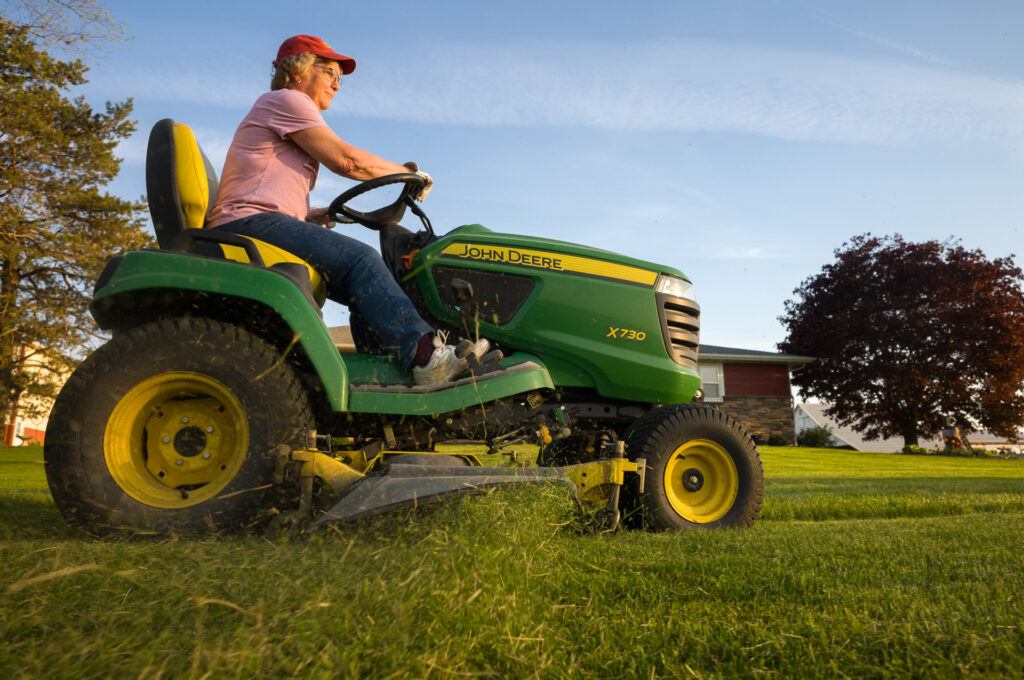
“Shoot something safe, and then have fun with it”
What I told a number of newspaper interns, and students in seminars. Once you have “picked a part,” try to get a solid image as quickly as you can. Once you have that in the can, or card, then you are free to take chances. At the above shoot I took twenty nine images and felt I had something solid, so then started jogging next to her with a 24mm just off the ground.
I have found this process so liberating, and allows me to be a lot more creative in the end, as I’m no longer worrying if what I am then shooting will work. I don’t have to care – if it works then great! If not I have my fall back image(s). Stress gone, creativity fully engaged.
Which brings me to the words new photographers dread; “You just need to shoot more.” If you are not able to use your equipment efficiently, or constantly find/create really interesting images it is solid advice. Because by just shooting more you will gain the experience to correctly “pick the part” and then quickly get that solid shot.
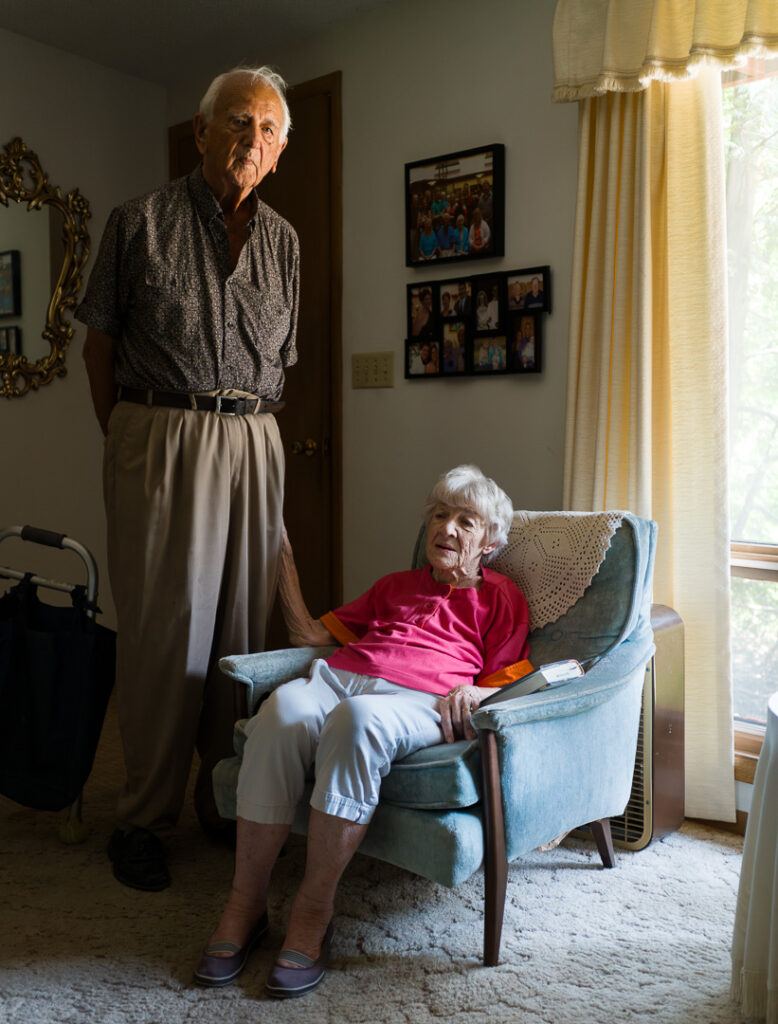
Have respect, and a genuine interest
Most everyone wants to share their story, but not to someone who belittles or pities them. Always have genuine respect and interest in your subjects and you will be amazed what they will share, both in words and of themselves. There is the content you seek.
Make sure names, and other information are correct (also a matter of respect)
I learned this the hard way early on. If you misspell someone’s name, no matter how good the photograph, you will be remembered for the misspelling. If I’m including captions, I always print the name on my notepad, then show it to the subject asking them to double check it. Same goes for business names, and some other details. Never assume, always check them. And watch out for nicknames or derivatives – if their business card says David, ask if they prefer Dave or David, for example.
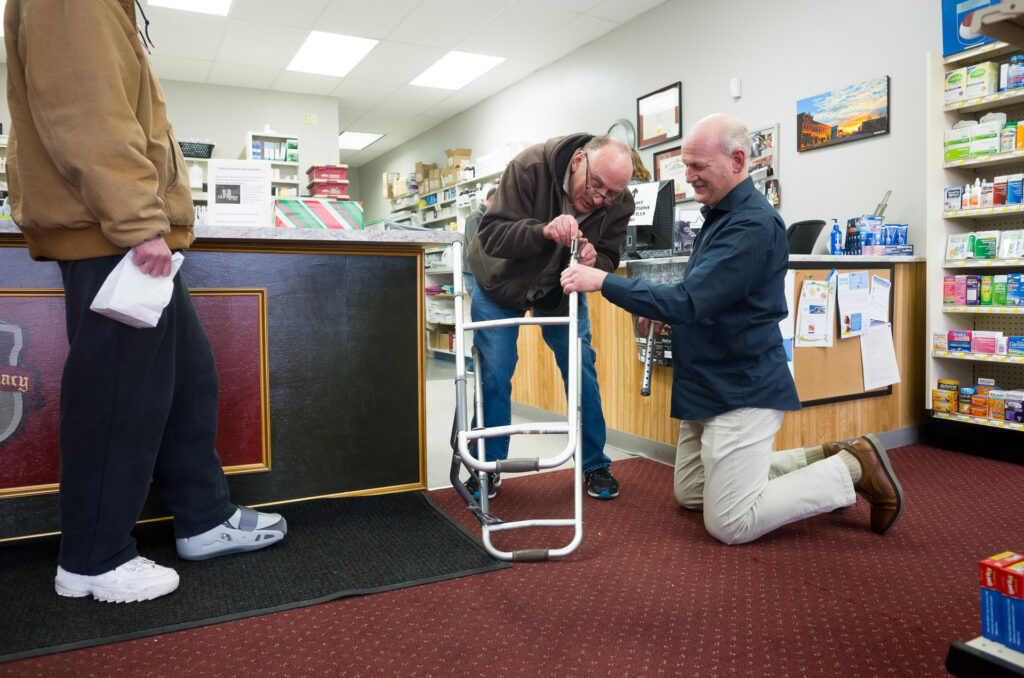
Honesty
In reportage/documentary/photojournalism the viewer is trusting you. Therefore, do not tell your subjects what to do, unless a portrait, then make it obvious they are aware of the camera like the vertical portrait above. Do not manipulate the content of the image beyond the traditional darkroom processes of lighting and darkening areas. I used a brush to darken the chair by the window in that portrait as it was so bright it drew the viewer away from the subject. But, I would not change its color, shape or otherwise manipulate it.
I encourage cropping (more below), but no moving and removing objects from the frame, or generative adding to the frame. The white flakes on the carpet by the walker annoy me above, but I’m not removing them. Those imperfections help make the image look real. Be honest to the viewer, the subject, and protect your integrity.
When are you busy? Not “when are you free?”
Working with a reporter often the struggle was they wanted to go when the subject could sit down and talk, but the best images would be when the subject was active. If you are setting up a time to photograph someone or a group, never ask “when will you be free.” And if there seems to be equal potential opportunities, only then I’ll weigh which time might have light that would help tell the story.
The content is what the light bounces off of, not the light itself
I have never been one to think of the quality of light first. I’m looking at what the light illuminates, what it does not show, and more so what is happening. Of course light can give a feeling, which is a big part of the content I’m looking to record, but it is not my primary driver. In other words, to me too many images are very shallow in meaning because all that is interesting is the light. If there is nice light to work with, of course take advantage of it, if it fits the story you are telling.
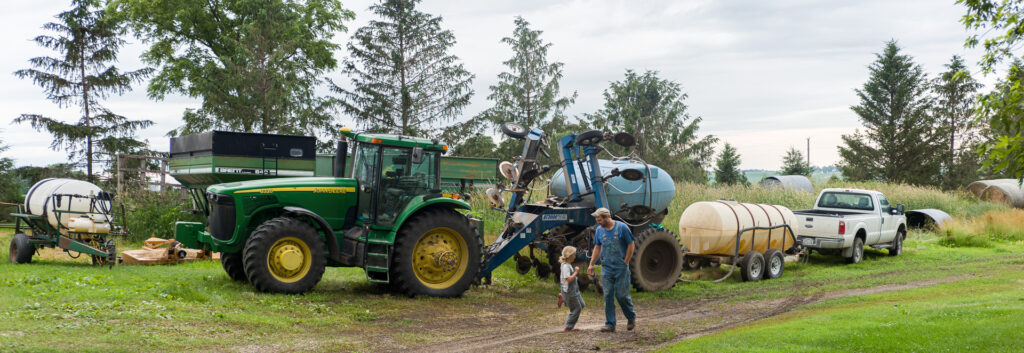
Be ready before arriving, and don’t pack up too soon
Have your most flexible lens for what you anticipate, for me usually my 35mm, on the camera, all settings, batteries, etc. ready to shoot and the camera very handy. Not deep in the back in a bag under other stuff, as you never know when a moment might happen. Within minutes of arriving this farm girl, my primary subject, saw her dad arrive and she did this joyful skip on the way to greet him (above). And never bury your camera in your bag until you are completely away for the same reasons.
Techniques
I seldom use my fast lenses wide open as I want context that is otherwise lost with a razor thin depth of field. I “isolate the subject” through composition and using light. Yes, it is often more difficult as have to really work against distracting items in the background, but I believe it provides more content for the viewer to enjoy discovering, and richening their experience. I also shoot at higher shutter speeds so movement in the frame is not blurred, unless I intend it to be, like street photographer Matt Stuart talks about in this video. With digital do not be afraid of high ISOs to get those faster shutter speeds. The photograph at the top of the girl feeding her calf was taken at ISO 16,000. Sensors and software noise reduction is now so good, take advantage of high ISOs – they are a tool to use.
And as you can tell by the long horizontal image (above) I firmly believe in cropping to improve the readability and the overall image. There are times it makes sense to keep all the prints the same proportions, but question why before locking yourself into one shape. Henri Cartier-Bresson cropped his Behind the Gare Saint-Lazare, and Robert Frank turned some horizontal shots into verticals in his book The Americans, so there is no long standing tradition, or honor, for printing as the image was shot, keeping the quality of the content for the viewer first.
Finally, you do not need to travel to succeed in reportage photography. As I did for my book, look within the communities you know already and tell stories that you a have deeper understanding about, as then you will more likely create better images.
Share this post:
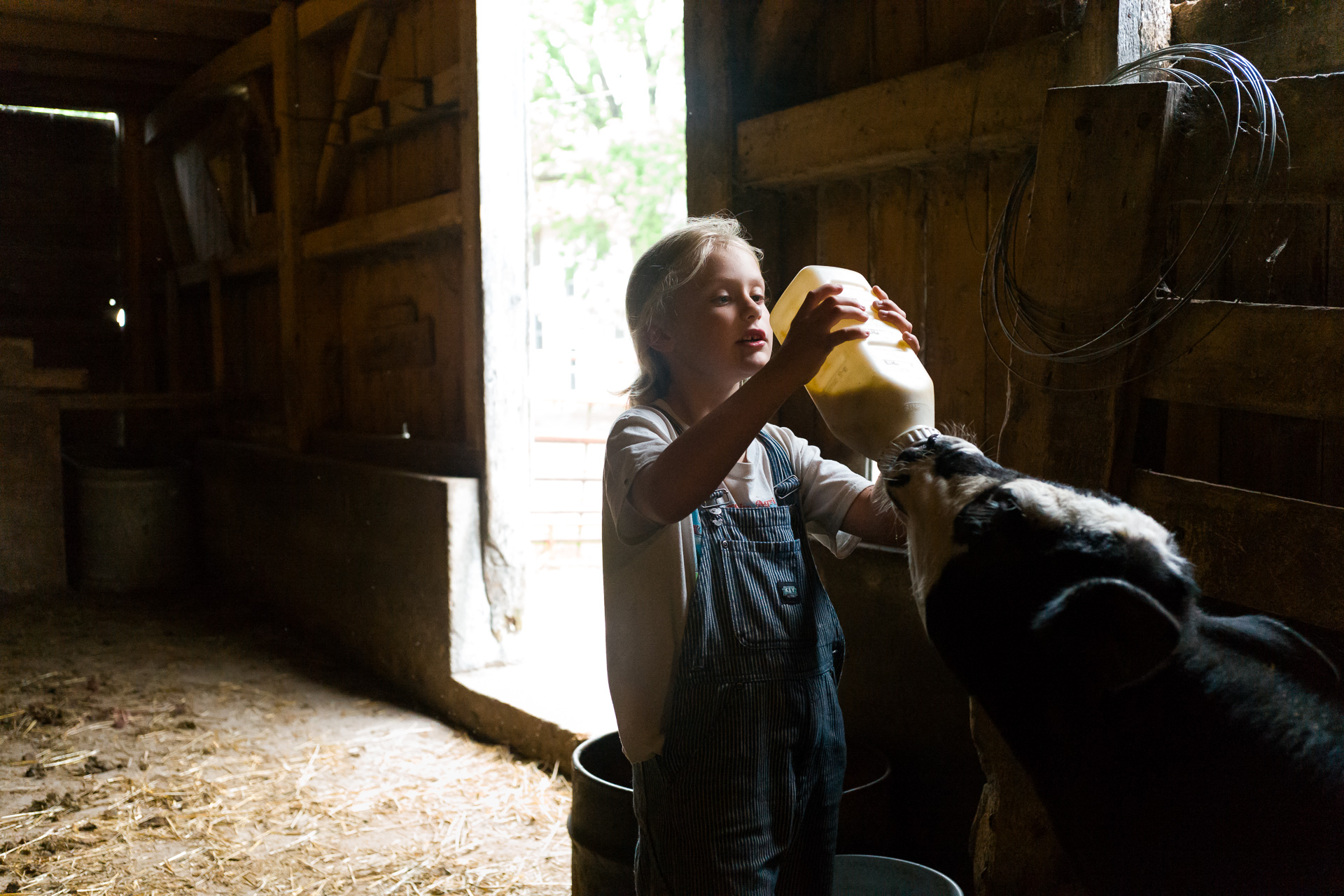
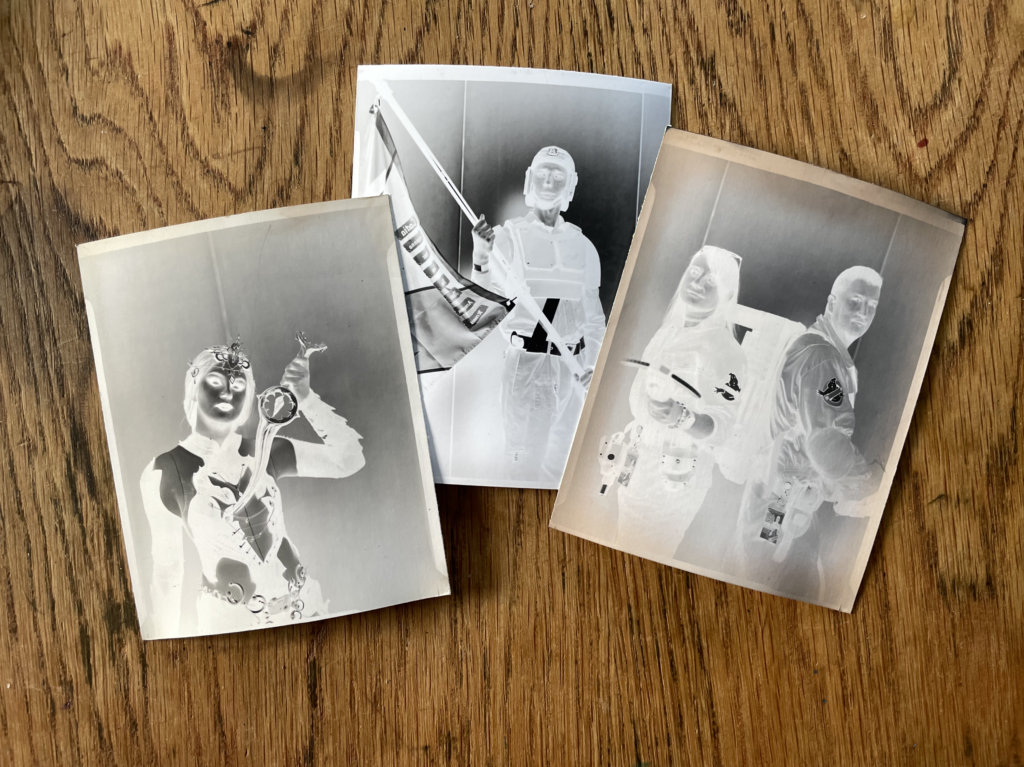

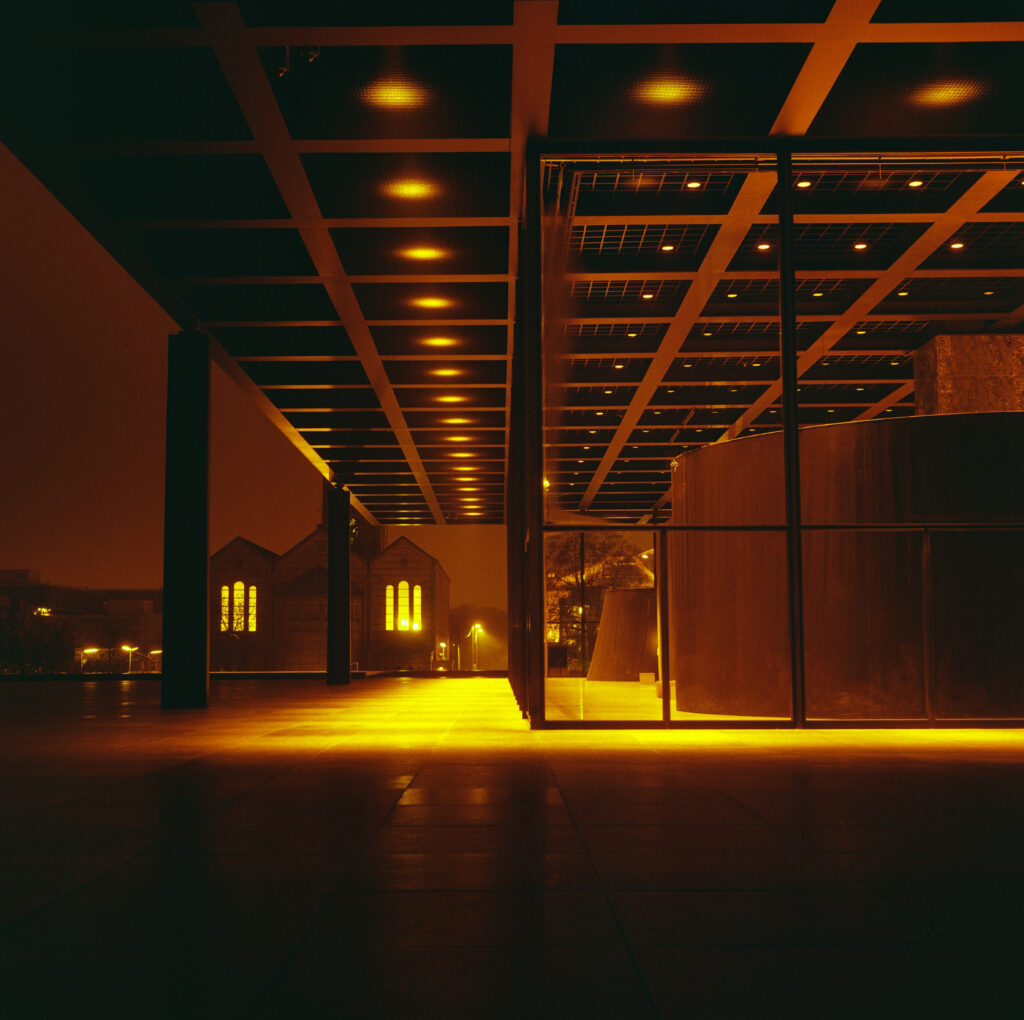
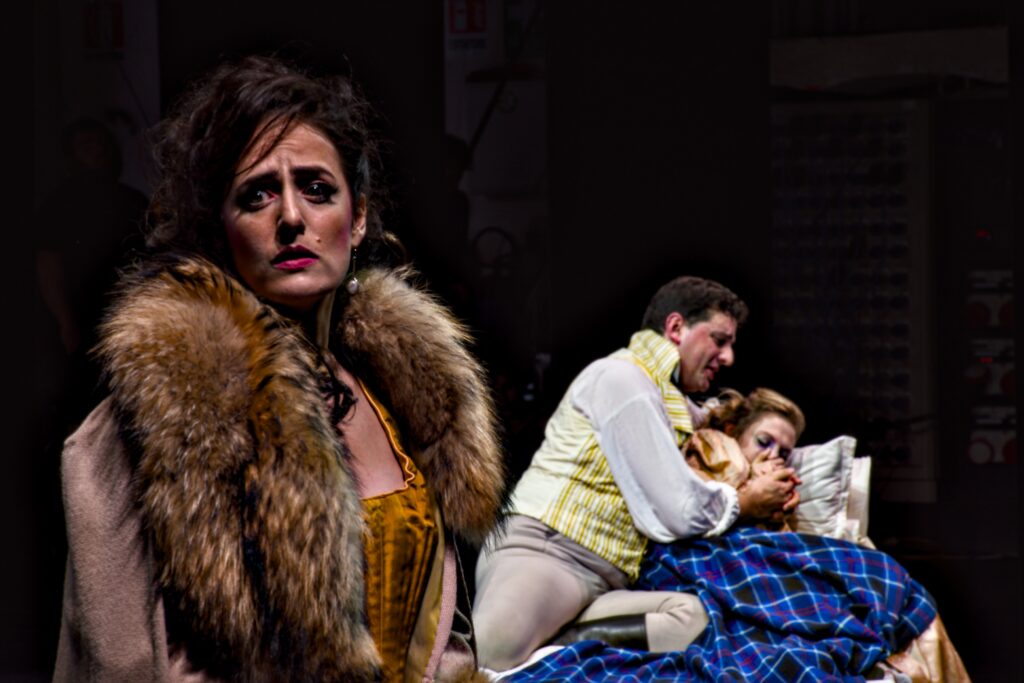




Comments
Richard Alton on Approaching Reportage Photography
Comment posted: 07/11/2024
Comment posted: 07/11/2024
Art Meripol on Approaching Reportage Photography
Comment posted: 07/11/2024
As a lifelong photojournalist I recognize your deep understanding and how well you expressed it. You said it with "you do not need to travel to succeed in reportage photography." So true. If you can't find stories and photos in your own back yard why would you think you'll find them somewhere else?
As I hope you can tell I really enjoyed your post.
Comment posted: 07/11/2024
Jukka Reimola on Approaching Reportage Photography
Comment posted: 08/11/2024
Comment posted: 08/11/2024
Howard Mitchell on Approaching Reportage Photography
Comment posted: 08/11/2024
Comment posted: 08/11/2024
Bill Brown on Approaching Reportage Photography
Comment posted: 09/11/2024
Comment posted: 09/11/2024
Leonel Leyva C on Approaching Reportage Photography
Comment posted: 10/11/2024
Thank you very much for providing us with this knowledge from your experience.
I will tell you later how I have applied these tips.
Thank you very much and Greetings!
Comment posted: 10/11/2024
Hannah Gimblett on Approaching Reportage Photography
Comment posted: 10/11/2024
Comment posted: 10/11/2024